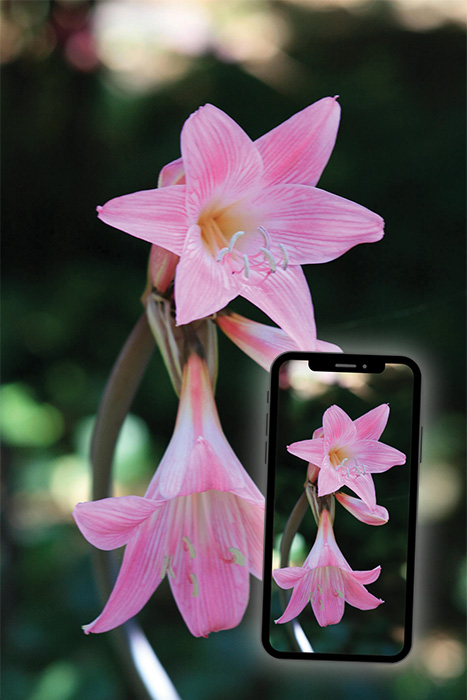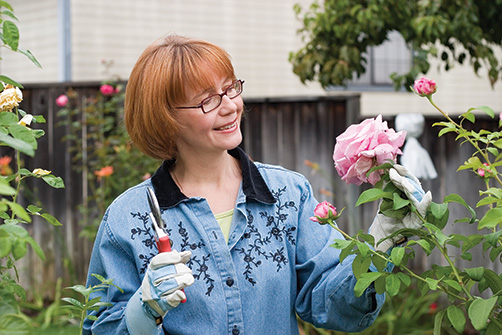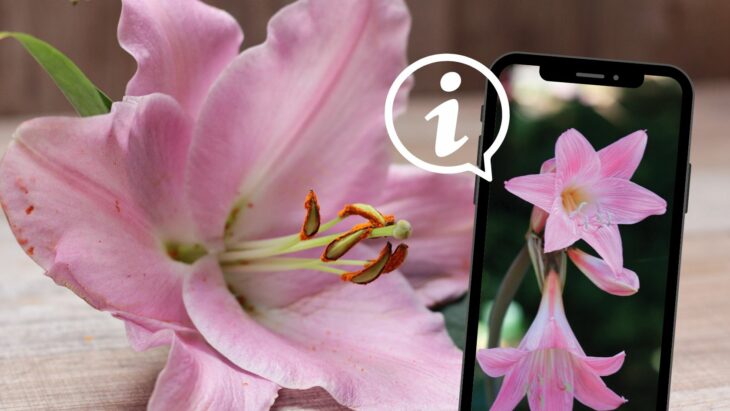With the warmer weather and an abundance of flowers blooming, most of us are enjoying getting outside to work in our gardens, stroll the neighborhood or hike in one of the many parks along the Coast. It’s not unusual to spot an unfamiliar plant growing along the trail or popping up unannounced in the flower bed.
Many times, I have my cellphone with me. With new technology, it’s quite easy to use our mobile phones to identify the flower or plant. Is it a native, an invasive species or an exotic specimen planted by a passing bird?
There are many mobile apps for plant identification; most are excellent, and some are free platforms that reward us with almost instantaneous results.
 If you have an iPhone, here’s a simple process to use if you notice a new plant you want to identify:
If you have an iPhone, here’s a simple process to use if you notice a new plant you want to identify:
- Take a photo: Capture a photo of the plant using your iPhone camera.
- View the photo: Find the image you just took of the plant or any saved plant photo.
- Access visual lookup: Swipe up on the image, or alternatively, tap the encircled “i” icon in the toolbar.
- Tap “look up”: This will trigger visual lookup, which will provide information about the plant.
Visual lookup works well for common plants or those with limited varieties. It can identify various objects, including landmarks, animals, and more. Remember that while it’s handy, it’s not a substitute for professional advice, especially when it comes to edible plants or berries.
A few platforms you might like to try are:
- FlowerChecker
- LeafSnap Premium by Appixi
- PlantID by Control
- PlantNet: This platform was named the top overall pick due to its level of accuracy, which made identifying test plants a breeze.
- PlantSnap Pro: PlantSnap can now recognize 90% of all known species of plants and trees.

YOUR MAY GARDENING CHECKLIST:
- Prune spring flowering trees and shrubs after they finish flowering. If you wait until summer, you may remove next spring’s flowers.
- Mow your lawn to the proper height based on grass variety.
- Brown patch disease may be active this time of year. Look for brown circular or irregular areas with a dark purplish ring on the outer edge. The grass blades in these areas will easily pull out of the sheath. Spray with fungicide labeled to treat this disease.
- Continue to deadhead spent blooms on annuals and roses.
- Harvest crops daily, and continue planting warm weather seeds and transplants to extend harvest. Shield transplants until they recover from transplant shock.
- Roses require at least 3 inches of water a week in the hot summer.
- Daylilies will be at their peak this month. Check out any daylily shows for new varieties for sale.
- Be sure to provide adequate moisture to tomato plants as they set fruit; this helps avoid blossom-end rot.



